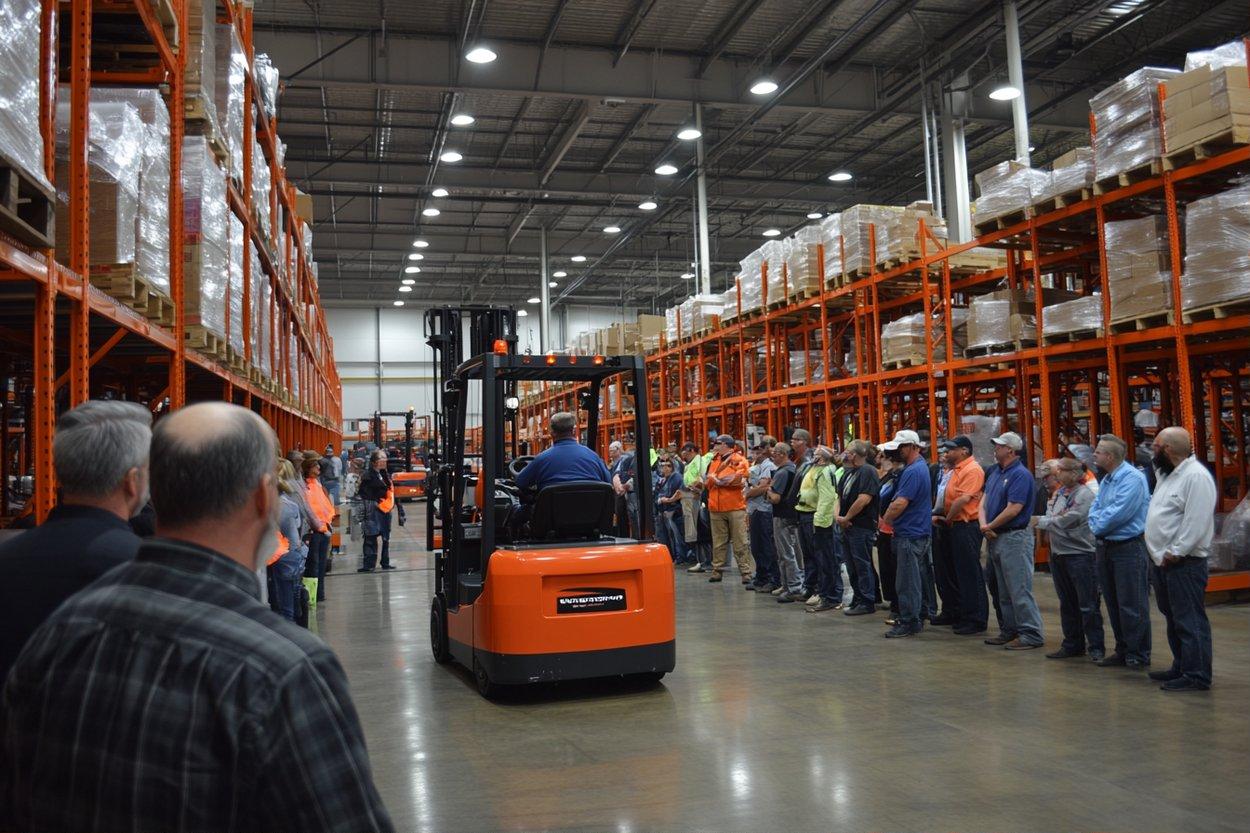Practical Strategies for Reducing Downtime in Manufacturing Operations
Reducing downtime in manufacturing requires a blend of technical measures, process changes, and organizational practices. Practical strategies focus on proactive maintenance, targeted digitization, and supply chain alignment to keep equipment running, maintain throughput, and limit disruptions. This article outlines actionable approaches that address maintenance, automation, analytics, inventory, energy, compliance, and safety to improve operational resilience.

Manufacturing processes and maintenance
Planned and proactive maintenance is a foundation for minimizing unplanned stoppages in manufacturing. A clear maintenance strategy combines preventive maintenance schedules with condition-based interventions to extend equipment life and avoid sudden failures. Techniques such as total productive maintenance (TPM) empower operators to perform routine checks and minor repairs, reducing backlog for specialized teams. Standardizing procedures and maintaining an accessible parts inventory prevent delays when repairs are needed. Integrating maintenance planning with operations schedules ensures that servicing occurs during low-impact windows, preserving throughput while keeping machinery reliable.
How can automation and IoT help?
Automation and IoT technologies reduce human error and enable faster responses to developing faults. Sensors, PLCs, and networked devices provide continuous visibility into machine status, temperature, vibration, and other indicators that precede breakdowns. Automation can also handle repetitive tasks prone to variation, improving consistency and reducing wear. When IoT feeds are combined with alerting systems, teams can prioritize interventions before failures escalate. Careful implementation focuses on interoperability, cybersecurity, and meaningful alerts to avoid alarm fatigue and ensure that automation and IoT materially lower downtime rather than adding complexity.
Using analytics for predictive maintenance
Analytics turns raw operational data into predictive insights that identify anomalies and failure patterns. Machine learning models trained on historical maintenance records and sensor streams can forecast typical failure windows, enabling targeted part replacements or calibrations. Root cause analysis driven by analytics helps organizations identify systemic contributors to downtime, such as specific operating conditions or supplier quality issues. Establishing data governance and ensuring high-quality input data are essential; reliable predictions depend on consistent, labeled datasets. Analytics programs should be phased, starting with high-value assets and scaling as models prove their accuracy and ROI.
Managing inventory, procurement, and supplychain
Inventory strategies directly affect downtime when critical spare parts are scarce. Classifying spare parts by criticality and lead time helps determine safety stock levels that balance carrying cost with the risk of extended outages. Strategic procurement relationships with tiered suppliers or local services can shorten replacement times for critical items. Supply chain visibility—knowing where parts and materials are in transit—reduces uncertainty and accelerates decision-making during disruptions. Cross-functional coordination between procurement, operations, and logistics ensures that inventory policies align with maintenance needs and production schedules to minimize repair delays.
Energy, sustainability, and operations efficiency
Monitoring energy use and optimizing system efficiency can reduce stress on machines and lower the incidence of downtime related to overheating or power issues. Regularly auditing energy systems, investing in efficient drives or motors, and improving thermal management can reduce failures caused by excessive load. Sustainability practices—such as better lubrication management and waste reduction—also contribute to more stable operations and longer equipment life. Energy-aware scheduling (for example, avoiding peak electrical loads during critical production periods) helps maintain consistent performance and reduces the likelihood of interruptions tied to power constraints.
Compliance, safety, digitization, and logistics
Compliance and safety programs prevent incidents that cause prolonged shutdowns and legal exposure. Rigorous safety protocols, clear lockout/tagout procedures, and routine inspections reduce the chance of accidents that halt production. Digitization of records and workflows—such as digital checklists, maintenance histories, and inspection logs—improves traceability and speeds response times when issues arise. Logistics planning, including contingency routes and transport options, ensures parts and materials move reliably. Together, strong compliance, safety culture, and digital systems create operational resilience by preventing avoidable stoppages and simplifying recovery.
Conclusion Reducing downtime in manufacturing requires an integrated approach combining maintenance best practices, automation, analytics, inventory and procurement alignment, energy management, safety, and digitization. Organizations that phase investments—prioritizing critical assets, building data quality, and strengthening supplier relationships—can achieve measurable improvements in uptime. A balanced strategy emphasizes prevention, rapid response capability, and continuous improvement to maintain consistent production levels and protect operational continuity.





